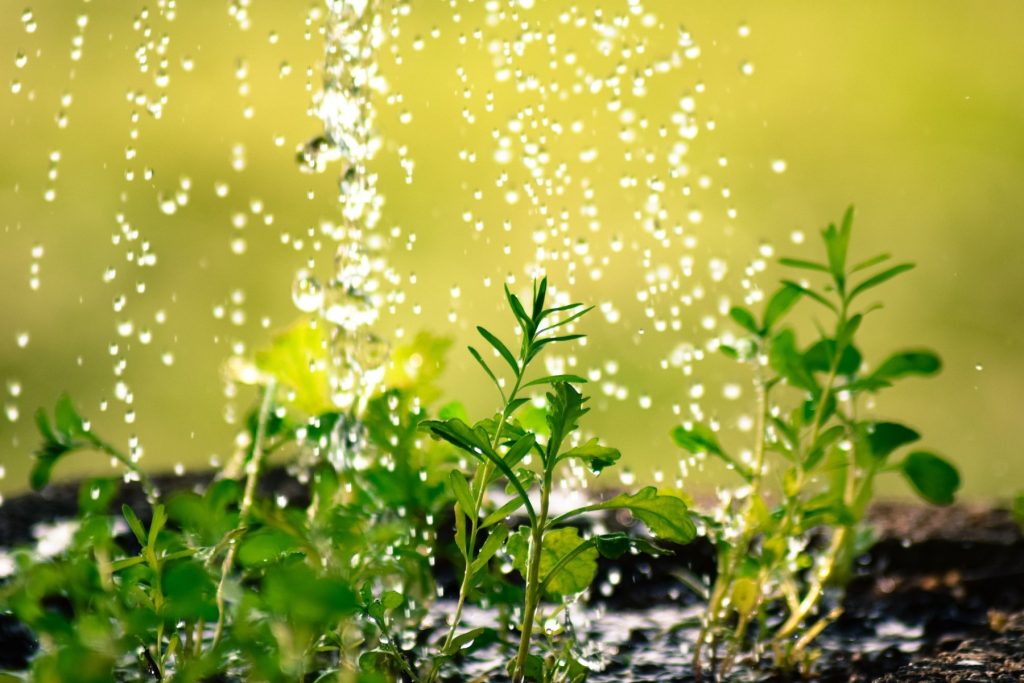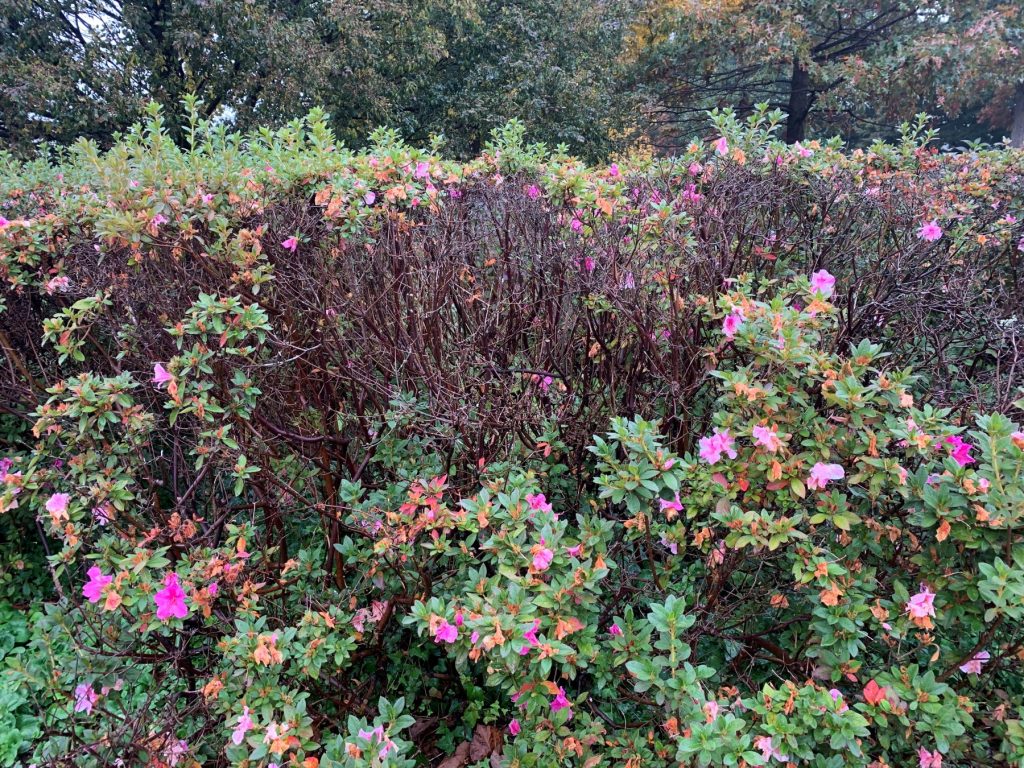Written by Pam Rentz, Fulton County Master Gardener Extension Volunteer
“Why is my plant dying?” is a question we get often in the Fulton County Extension office. The next phrase we typically hear is, “But I water it every day and it’s turning yellow!”

While intentions may be good, overwatering can be as bad as not watering enough. Much of the time, a dying plant is suffering from root rot, caused by the soil-borne microorganisms Pythium, Phytophthora, and Rhizoctonia. These microorganisms thrive in environments with excess soil water, either from overwatering or poor drainage. If your plant is wilting and yellowing, it may be that the roots cannot absorb the nutrients and water it needs.
Here are the results from a recent diagnostic sample taken from a boxwood at the University of Georgia plant pathology lab:
“The root and crown rot pathogen, Phytophthora sp., was identified from the roots of the submitted boxwood sample. Remove dead plants. Root disease development within landscapes is associated with wet soils, overwatering, over fertilization, planting plants too deeply, and planting in poorly draining soils.
Correct site conditions to improve water drainage through the soil. Fungicide drenches are often of little benefit after infection occurs and plants are symptomatic. Fungicides also will not penetrate heavy soils to protect plant roots. When replanting, plant new plants at the correct height and a fungicide drench can help protect the new roots during establishment…Also, avoid overwatering and poorly draining soils to reduce Phytophthora infection.”
In other words: A plant with wet feet can develop root rot, which kills the plant.

Recommendations
- Prep soil with plenty of organic matter, like compost and mulch, to get good tilth and drainage. Clay soil holds water and doesn’t drain well.
- Apply mulch and compost periodically to amend the soil.
- Provide correct irrigation for the type of plant.
- Check to see if excess water is coming from gutters, driveways or other sources. Install rain gardens, dry creek beds, terraces, French drains, and other landscape features to help water infiltrate correctly.
- Check the soil periodically to see how well it is draining and whether plants are getting enough or too much moisture. The ground may appear dry, but the soil beneath may be wet.
- Buy a rain gauge. Typically, one inch of water per week, including rainfall, is enough for most established landscape plants. It’s better to water deeply to a depth of 6 inches and less frequently.
Always remember the Golden Plant Rule: Right plant, right place. Some plants want sun, some want shade. Plants may also have different water and soil requirements. Make sure to put plants where they can receive the conditions they thrive in.
Resources
Your local Fulton County Extension office does soil testing and plant disease diagnostics. Follow instructions for taking soil and plant samples and bring them to your local Fulton County Extension office.
Pricing:
- Routine Soil Test – pH, Lime, P, K, Ca, Mg, Z, Ma ($12 per sample)
- Expanded Soil Test – S1 + Na, Fe, Cu, Cr, Mo, Ni, Cd, Pb, CEC, % base saturation ($14 per sample).
- Homeowner Plant Disease Sample ($10 per sample)
Remember that native Georgia plants tend to perform better in our climate and require less maintenance.
UGA Cooperative Extension Bulletins “Native Plants for Georgia Part I: Trees, Shrubs and Woody Vines,” Native Plants for Georgia Part II: Ferns and Native Plants for Georgia Part III: Wildflowers and Native Plants for Georgia Part IV: Grasses and Sedges.